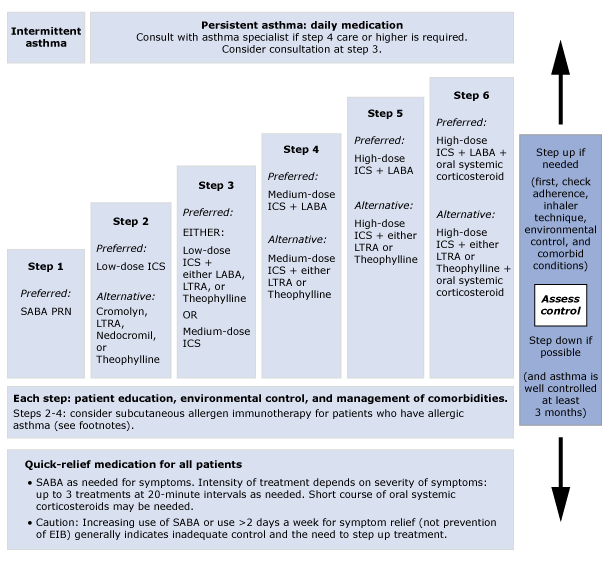House Dust Mite Allergy Market Growth Driven by Rising Asthma Rates

The house dust mite allergy market is poised for substantial growth, projected to expand from a valuation of $2.11 billion in 2024 to $2.39 billion in 2025, with a compound annual growth rate (CAGR) of 13.0%. This surge is largely attributed to the rising prevalence of asthma, which exacerbates allergic reactions to dust mites, prompting increased demand for effective treatments.
Asthma, a condition characterized by airway inflammation and constriction, leads to heightened sensitivity to allergens such as dust mites. According to the Asthma and Allergy Foundation of America, approximately 10 individuals in the U.S. die from asthma-related complications each day, equating to 3,235 deaths in 2022. Medical experts assert that many of these fatalities are preventable with appropriate treatment and management strategies.
Dr. Sarah Johnson, a Professor of Respiratory Medicine at Johns Hopkins University, highlighted, "The correlation between asthma and dust mite allergies cannot be overstated. As asthma rates continue to rise, so too does the need for innovative solutions to manage these allergies effectively."
The market is expected to reach $4.1 billion by 2029, growing at a CAGR of 14.5%. Key drivers of this growth include advancements in immunotherapy, the development of allergen-avoidance products, and increased public health awareness. The emergence of telemedicine and precision medicine is also contributing to this upward trend.
Notable advancements in treatment include sublingual immunotherapy, specifically designed tablets that dissolve under the tongue, such as the FDA-approved ODACTRA by ALK-Abelló, which targets dust mite allergies in adolescents. This innovative approach aims to reduce allergy symptoms effectively.
The house dust mite allergy market is segmented into various categories: by product type (tablets, nasal drops, injectables), treatment type (medication, immunotherapy), and diagnosis method (skin prick tests, blood tests). Major players in the market include Allergy Therapeutics Plc, Bayer AG, and GSK Plc.
Regionally, North America holds the largest market share, while the Asia-Pacific is anticipated to be the fastest-growing segment. The comprehensive analysis of the market underscores the urgency for both healthcare providers and patients to adopt effective management strategies as the prevalence of allergies continues to escalate.
In conclusion, the implications of the growth in the house dust mite allergy market extend beyond economic factors; they highlight a critical need for effective public health interventions and innovative treatment options to improve patient outcomes and quality of life. As research and development continue to advance, the industry can expect a dynamic evolution in how these allergies are managed in the coming years.
Advertisement
Tags
Advertisement





